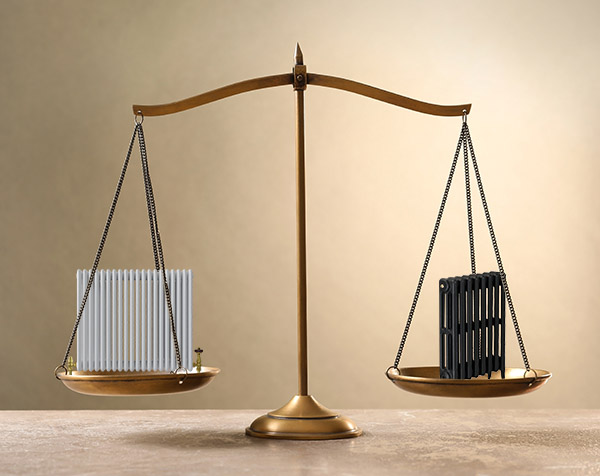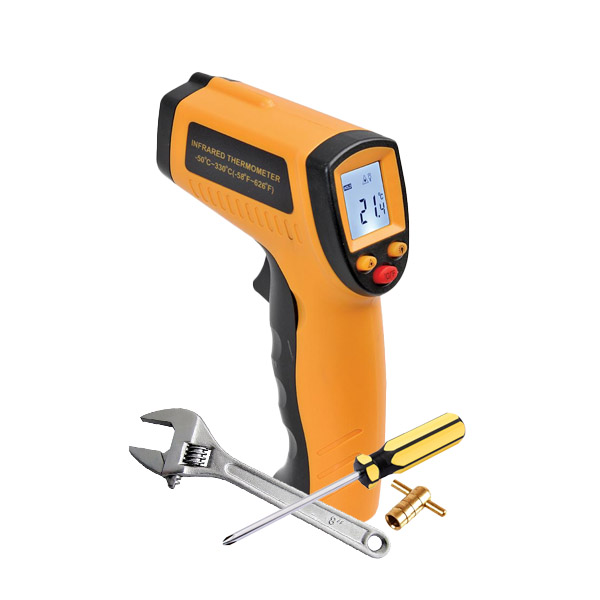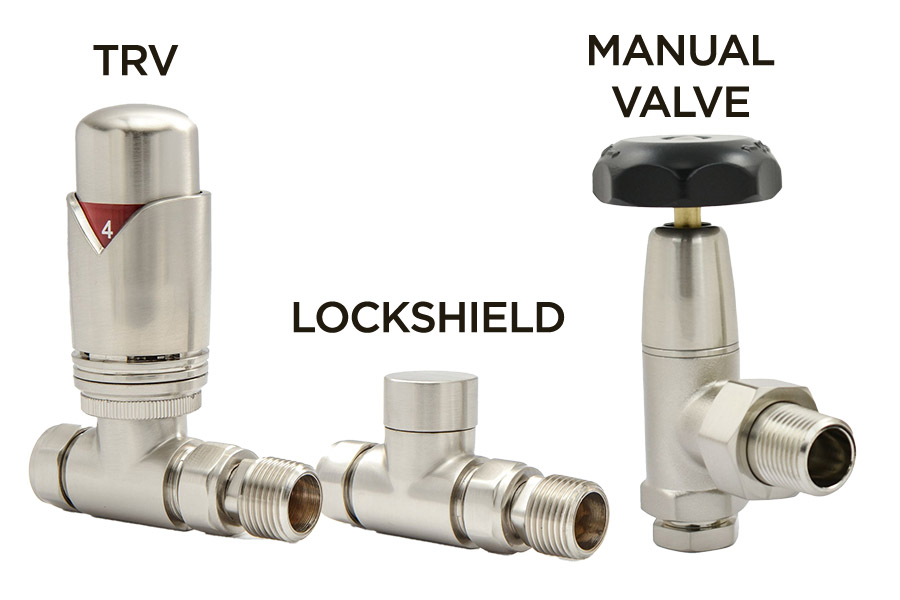How to balance your central heating system in 10 easy steps.

On a winter's night, there's nothing worse than discovering a cold spot in your otherwise cosy home caused by a slowly heating or stubbornly frigid radiator. When this happens, it's often a sign that your radiators need balancing.
When turning your heating on, your radiators should heat up at the same speed. An unbalanced radiator is an inefficient radiator and can lead to uneven heating, uncomfortable drafts, and higher energy bills.
While an unbalanced radiator can be caused by several issues, including debris or sediment in the pipes, or poorly adjusted
Thermostatic Radiator Valves (TRVs), it’s a common and highly frustrating occurrence following the installation of a new boiler.

What does balancing a radiator mean?
Balancing your radiators is the act of adjusting the flow of water through your system by turning the valves on each radiator, so they heat up at the same speed. While this might seem a relatively simple task, it can be challenging if you're not properly prepared for the job.
Although often mentioned in the same breath, you should not confuse balancing a radiator with bleeding a radiator. As we have previously covered on this blog;
bleeding a radiator is a simple job designed to remove air trapped in your radiators to eradicate uneven temperatures and unusual noises. On the other hand, balancing your radiators ensures all your radiators emit a consistent level of heat throughout your home.
Just to confuse the issue, bleeding your radiators is part of the process of balancing your radiators.

What tools do you need to balance a radiator?
While bleeding a radiator only requires a simple radiator valve key, balancing a radiator will require a few more tools to complete the task.
You will need a:
- Radiator valve key
- Lockshield valve adjuster or adjustable spanner
- Screwdriver
- Digital thermometer/Multimeter with a thermometer function

Know your valves
Before you start balancing your radiators, you’ll need to familiarise yourself with the valves on your radiators.
These will typically include the following:
- Lockshield Valves: A small valve covered by a plastic hood to prevent it from being accidentally adjusted. The lockshield valve controls how much water stays in or flows out of the radiator.
- Thermostatic Radiator Valves (TRVs): A self-regulating valve that controls a room's temperature by managing the flow of hot water to a radiator. The TRV has numbers on its dial to set the radiator’s temperature.
- Manual Radiator Valves: The traditional radiator valve with only two settings: On and off.
Both TRVs and manual valves are referred to as balancing valves.
A step-by-step guide to balancing your radiators
Turn your heating off: Before balancing your radiators, you'll need to turn your heating off and wait until your radiators have completely cooled down.
Make a list of your radiators: Making a list will help you stay organised and save time by preventing you from balancing the same radiator twice. Make a note against each radiator every time you complete a task.
Bleed your radiators: Bleeding your radiators will remove any trapped air and eliminate any cold spots. In addition, this process will make getting a more accurate temperature reading easier.
Open your radiator valves: Make sure the balancing and lockshield valves are both opened. Valves are opened by turning them anti-clockwise. To open the lockshield valve, you'll need to remove the plastic hood and turn the valve with a lockshield valve adjuster or adjustable spanner.
Turn the heating back on: Take a walk around your home to identify the radiator that heats up the quickest. This will typically be the radiator nearest to your boiler.
Turn the heating back off: Wait for your radiators to cool again, and then turn your heating back on.
Close the lockshield valve on your fastest heating radiator: Then open it by a quarter.
Measure the temperature of your radiator: Once the radiator is hot, measure the temperature of the pipes leading into the wall or floor next to your lockshield valve. Make a note of the temperature. Then take the temperature of your pipes next to your balancing valves and take a note.
Turn your lockshield valve: Gradually turn the lockshield value and measure the temperature until you reach a 12°c difference between the pipes on the balancing valve and the lockshield valve side of your radiator. You might have to wait a couple of minutes between each lockshield adjustment to gauge an accurate temperature reading.
Repeat the process: Move on to the next radiator in your system and repeat the process. As you move further from your boiler, you'll discover that each subsequent radiator lockshield valve will require it to be opened to a greater extent than the valve on the previous radiator. Once you've secured a 12°c difference between the balancing valve and lockshield valve side of all your radiators, your system will be balanced and efficiently and effectively heat your home.
Expert Advice
While balancing your radiators should be a relatively simple DIY task, the
in-house experts at Radiators 4u are always available to share their wealth of experience and advice. Customers can also be reassured that any components need replacing; we stock a wide range of radiator valves and accessories to ensure your radiators heat your home efficiently and effectively.